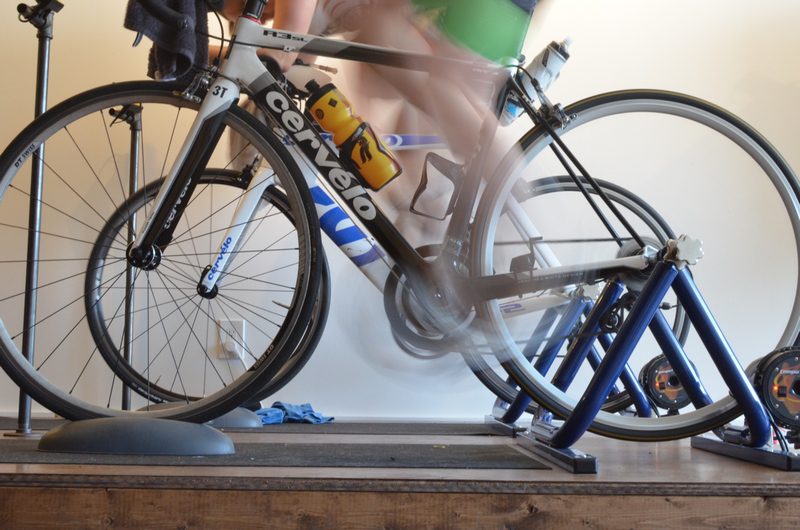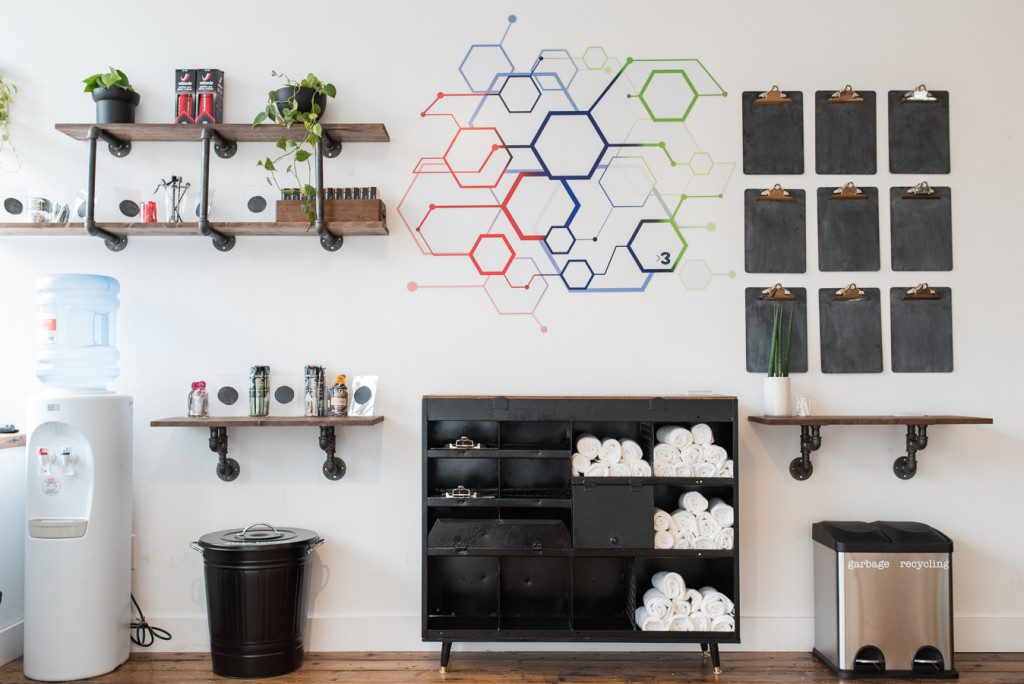Five reasons to embrace the trainer year-round

— By Michael Liberzon

I run an indoor cycling studio, so naturally I have a bias toward indoor training. Yet, even before the Lab opened its doors, I encouraged most of my triathletes do ride their weekday intensity sessions indoors, especially if they live near roads with a lot of traffic.
There are many reasons to avoid cars, stop lights, pedestrians and foul weather in favour of the indoor trainer or a studio. Here are five:
Train with power
Training with power has been the gold standard in cycling and triathlon for years. Still, power meters can be pricey. In the 2000s, the most affordable option was more than $1,500. Today, a well-vetted power option is at least $800. While the cost of power meters is decreasing, their prices might still be out of your reach. Riding on a trainer might be a way to get power data at a lower price. New power simulation algorithms and software allow even dummy trainers to function as reasonable power-meter proxies.
Ride with your buddies regardless of the skill gap
If you’re a middle-of-the-pack rider, can you think of the last time you saddled up next to a strong rider on the road? If you have, it probably wasn’t for long. Indoors, it’s a different story. Since everyone rides the same threshold percentages during indoor workouts, a 2.5 W/kg athlete can ride the same workout—and suffer just as much—as a 5.0 W/kg beast without the fear of being dropped.

Be safe
An endo gone wrong can make for an entertaining story post-ride and maybe you needed a reason to replace that helmet anyway, but most of us would rather stay in the saddle. Cars, dogs, in-line skaters, pot holes, sewer grates and glass often turn roads into obstacle courses and our threshold intervals into handling drills. There are no such hazards indoors. When you don’t have to fret about safety, you can focus on the intervals and on getting the workout done right.
Thumb your nose at the weather
Sure, some of you will clip in and head out in rain and sleet and snow. That’s not the case for most recreational athletes. Riding indoors takes the foul weather out of the equation. You ride rain or shine. No booties or shells required.
Ensure quality
This point actually builds on the previous four. When you ride indoors—provided your legs are with you—you can be sure to hit all of your interval targets. No more junk miles—or minutes—just steady work-recover-repeat stuff. This is what coaches talk about when they use the word quality.
Michael Liberzon is an NCCP-trained triathlon coach, certified personal trainer, kettlebell instructor and owner of the X3 Training Lab. His degree in mechanical engineering supports his evidence-based approach to coaching.
